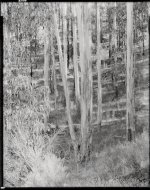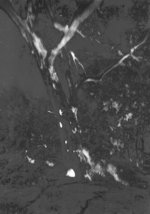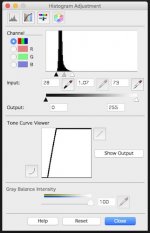DennisM
Established
Unsure if this topic has been discussed earlier, but here goes. I've been scanning 35mm and medium format negatives successfully with an Epson V600 scanner and recently have been editing them in LightRoom. Meanwhile I'm the custodian of my family's many 4x5 negatives. The V600 cannot scan 4x5 negatives - only 35mm and medium format, so I was resolved to having selective 4x5's scanned outside or perhaps upgrading my scanner. However, I thought I'd try scanning a 4x5 negative as a document, importing the scan into LR, and inverting the scan. The results on my first and only negative were very successful, at least in my opinion; certainly easy to do. Has anyone else done something similar? If so, what were your results? Any advice or suggestions?








